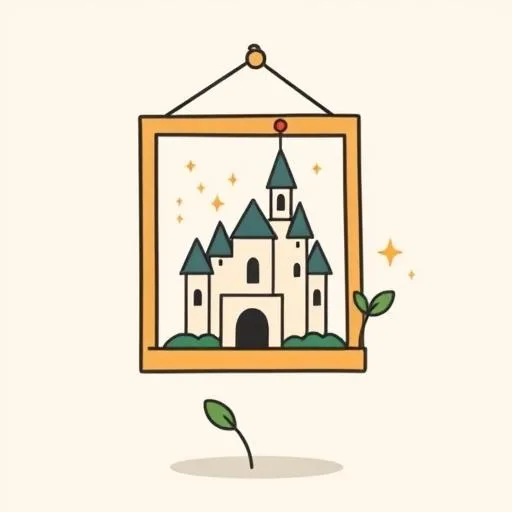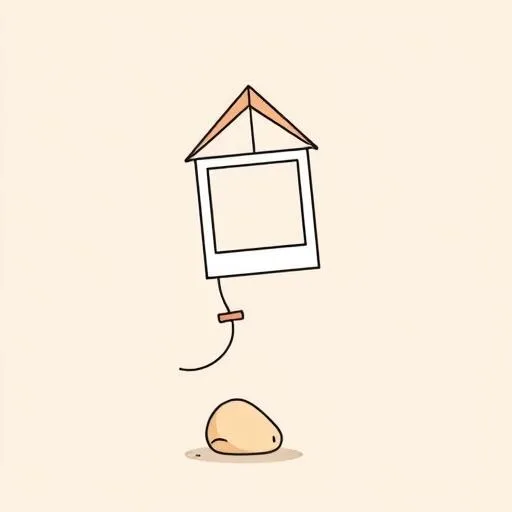
That moment when your child points at a photo and asks, ‘Is this real?’ hit me like a surprise sprinkle of confetti. But beneath the fun lies a parenting opportunity we can’t ignore. Overnight, we’re living in a world where images morph as quickly as kids’ ideas—thanks to tools like Nano Banana. What’s not magic? Our chance to guide how these sparkly new toys shape young imaginations.
Why Sudden Image Magic Isn’t Just Child’s Play

Remember hand-drawing dragons onto family photos? Now tools like Google’s Nano Banana (Gemini 2.5 Flash Image) let kids swap costumes, blend backyards with castles, or keep characters consistent across scenes—all in seconds. That’s wild! But as parents, we’ve seen how speed can blur lines. When my niece tried ‘moving’ her drawing into a jungle scene, she whispered, ‘Can we go there for real?’ Instant creativity is thrilling, yet kids still need roots in reality. The research says it’s not just about making pretty pictures—it’s how tech builds character consistency in images while demanding we build consistency in conversations. What if we flipped the script? Instead of ‘Don’t trust this,’ try ‘Let’s see how they made it!’ Spark wonder about the ‘how,’ not just the ‘wow.’
Keeping Feet Firm While Heads Soar

Picture this: Your kid shows a ‘photo’ of themselves flying over a local landmark. Cute? Absolutely. But what’s brewing underneath? Those gentle moments matter. Studies show image-editing tools excel at ‘editing that remembers context’—recalling details like a patient teacher. Yet kids won’t innately know digital crumbs left behind, like invisible watermarks labeling AI creations. So we get playful: During our last park stroll, I snapped our dog’s goofy pose. ‘What if,’ I asked, ‘we gave him sunglasses? But would *he* recognize himself?’ See, it’s not about banning the magic—it’s weaving reality checks into laughter. That tiny question planted seeds: ‘Just because we *can* edit, should we *always* believe it?’
The Real Superpower? Your Curious Questions

Tech like Nano Banana dances between novelty and, well, okay, that name always makes us giggle! But here’s what excites me more: how these tools invite cozy discovery sessions. Forget strict ‘no screens’ rules—try co-creating. Pull up a photo of your child’s artwork. Ask: ‘What adventure could this robot have in the mountains?’ Blend the image together, then pause. ‘Hmm, how would we keep warm up there? What snacks would we pack?’ Suddenly, editing becomes storytelling—and kids learn to question *and* create. Experts note this builds ‘world knowledge for semantic understanding’ in AI… but in our homes? It’s about nurturing kids who see magic *and* methodology. Simple shifts like, ‘Show me three ways this photo could be real,’ turn skepticism into skill.
Rooted in Tomorrow’s Story

Source: Nano Banana Image Revolution: How AI-Powered Editing Transforms Digital Content in 2025, Android Headlines, 2025/09/08
Watching kids navigate this feels like planting trees we’ll never sit under—but oh, what shade they’ll grow! Tools may change outfits in photos faster than Lego swaps, yet the heart of parenting stays steady. That sticky-fingered moment when a child asks, ‘Can we try it?’? Meet it with warmth: ‘Yes—and let’s chat about what makes *our* memories special.’ Tomorrow’s creators won’t just wield AI; they’ll balance it with irreplaceable human sparks—like how the smell of rain after play makes real life sing louder than any edited sky. So go ahead: blend that castle into your backyard photo. Then step outside. Feel the grass. Let the unedited giggle linger longest. The revolution’s here—and so is your quiet power to make it meaningful.
